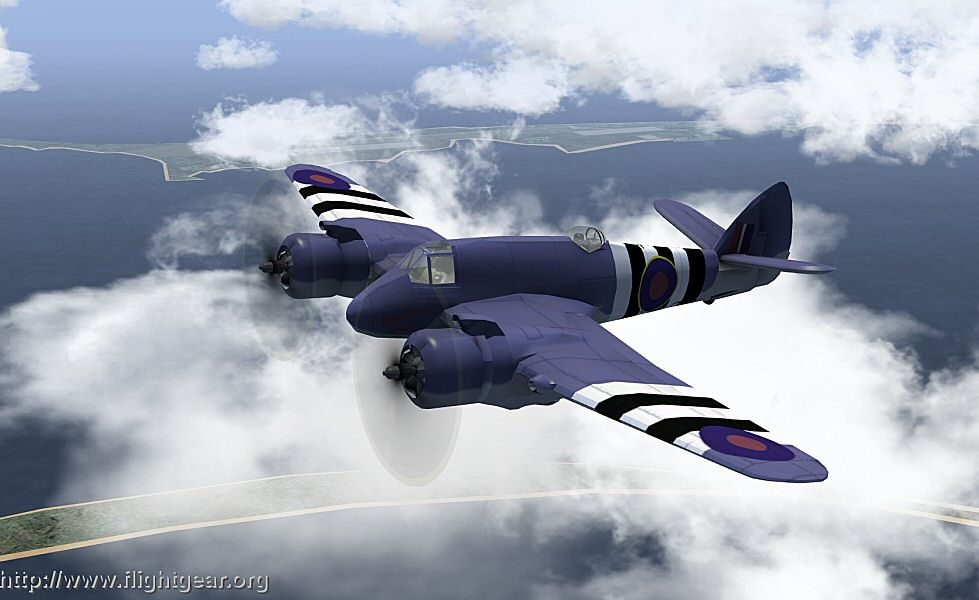

- #Flightgear airports how to
- #Flightgear airports code
- #Flightgear airports license
- #Flightgear airports download
- #Flightgear airports free
Recently, Laserman came up a with more intuitive way using WorldEditor, that provides a nice, accessible way to place models using an existing airport layout as reference, but the object placement data exported by WorldEditor cannot be used directly in Flight Gear, hence the use of a python script, that parses the in such a way to make 3D model placement data compatible for inclusion into an. There exists a few ways which you can place a model unto a scenery, one of which is by manually using the UFO. See Howto:Add details to your airport for the main article about this subject. If you use aerial or satellite imagery to measure out the buildings you'll be fine. One meter in FlightGear is one meter in the real world. Lots of pictures of the buildings at the airport.3D modeling software, like Blender or SketchUp, as long as it can export to the.Terminals, towers and hangars What you need Even after being accepted into the X-Plane gateway, FlightGear will only show the changes after its own rebuild of the scenery, which occurs periodically. The X-Plane team has set up a scenery gateway that allows you to submit your layout for inclusion in the official scenery of both simulators. Using TerraGear, you can create an entire scenery, including the surrounding terrain.įlightGear and X-Plane make use of the same airport data.This will place your airport in the middle of an ocean. Howto: Test your airport layout: quick and easy, for a quick look at your airport.Use WED to upload your layout to as explained at #Share your layout with the world! and wait for the next FlightGear scenery build to include your airport.There are three possibilities, the later two require TerraGear, but have the advantage that you can view the result immediately: Turning the airport into FlightGear scenery If you meet one, consider converting it, and as you're already there try to gather information to make it better! You can tell an old airport by the fact that crossings and bends are rounded by overlaying a number of rectangular patches. The difference between them is mainly that 850 allows laying down taxiways/taxilines independently, and making them bend smoothly (with Bezier curves ), while in 810 there were only rectangles of taxiways with a yellow line in the middle. That's the X-Plane fileformat, which is used by FlightGear too.įlightGear once used the 810 version of the apt.dat file format, while now 850 is on duty.
#Flightgear airports code
So if we have done the airport in WED, we save it as "ICAO.dat" (replacing ICAO with the ICAO code of your airport). If we find our airport there, we can improve it, if not, we start a new layout. The very first step before creating a new airport layout is to check if the airport already exists in the airport database in the X-Plane Airports Database. Ubuntu users, can use the script in Ubuntu fg tools.

#Flightgear airports free
Runway layout data - either from the USA Airport & Scenery Database or from other free imagery.WorldEditor - to "draw" the layout of the airport (taxiways, runways, aprons).Runways, taxiways and aprons What you need
#Flightgear airports how to
Consider learning how to map airports in OSM.Īlternatively you can estimate the lengths and widths of the buildings by looking at pictures. Note that OpenStreetMap has been granted the right to trace over Yahoo and Bing aerial images, so it can get quite accurate. For other countries, you might use OpenStreetMap data if available.
#Flightgear airports download
For the USA you can download the High Resolution Orthoimagery jpeg from and use that to trace airports or buildings. Google Earth imagery is per definition not compatible.
#Flightgear airports license

Official FlightGear scenery is, as the rest of the program and data, licensed under the GNU General Public License v2.


 0 kommentar(er)
0 kommentar(er)
